We use cookies to provide you with the best possible service and a user-friendly website.
Please find our Privacy Policy on data protection and data management here
Please find more information on the cookies here
The Story Behind the Photograph
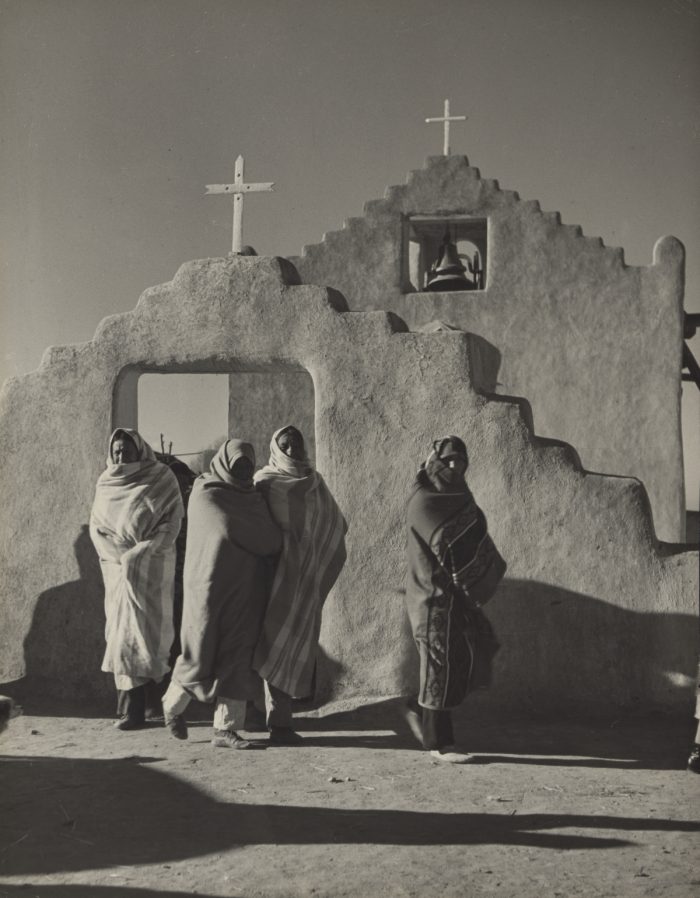
The exhibition can be visited on the third floor of the building in the museum’s new temporary exhibition space.
The route tip was created by Patrícia Hadnagy, art history student at Eötvös Loránd University, for the exhibition: Kertész, Moholy-Nagy, Capa… / Hungarian Photographers in America (1914–1989).
The portraits in this selection depict iconic figures as well as ordinary people. Behind every image lies a story that deserves to be unveiled. Many of the photographers in this selection were photojournalists, covering a wide range of stories through their images. As a tribute to them and their work, the stories behind seven photographs are uncovered here.
Stations
- André Kertész, Lajos Tihanyi in his Studio, Paris, 1927
- André de Dienes, Indians Coming from Church, Taos, ca. 1940s
- László Kondor, Allen Ginsberg at Peace, Love Protest, Grant Park, Chicago, 1968
- Robert Capa, Four-man Jug Band, Hot Springs, Arkansas, 1940
- John Albok, Fifth Ave., NYC, Depression, Forsake, 1933
- Lucien Aigner, Bill Robinson at a Baseball Game in Harlem, 1936
- Martin Munkácsi, Marlene Dietrich, ca. 1940s
André Kertész, Lajos Tihanyi in his Studio, Paris, 1927
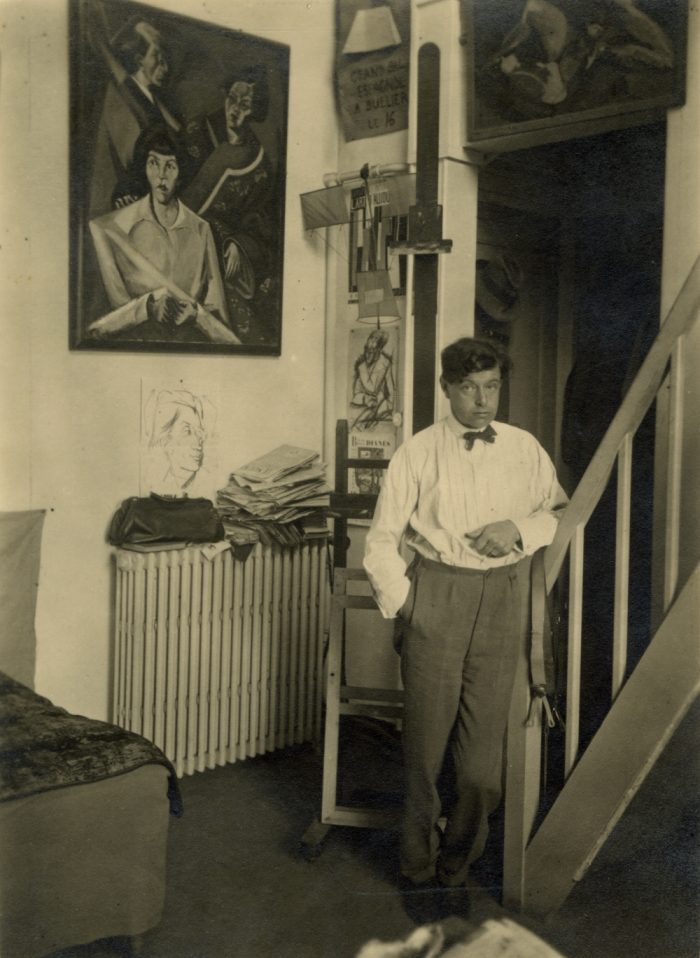
A renowned figure of twentieth-century Hungarian avant-garde art, the painter Lajos Tihanyi is captured in this portrait by André Kertész. Like Kertész, Tihanyi was also a Hungarian expatriate living in Paris. The two artists moved in the same circles and developed a close friendship, as documented by Kertész’s several photographs of Tihanyi.
In the background of this portrait, some of Tihanyi’s artworks appear, including one of his masterpieces, the Family. Tihanyi created the painting in Berlin in 1921, a few years before moving to Paris. The tense composition depicts three figures looking in three different directions, suggesting disharmony between them.
In the following years, both Tihanyi and Kertész travelled to the United States. However, while Tihanyi returned to Europe and continued his work in Paris, Kertész began working as a freelance photographer for Harper’s Bazaar, House & Garden, and other magazines. After his independently produced photographs found great favour with the American audiences, Kertész became one of the most respected photographers in the United States.
André de Dienes, Indians Coming from Church, Taos, ca. 1940s

After immigrating to the United States in 1938, André de Dienes settled in New York to work for Life, Vogue, Esquire, and Montgomery Ward. In addition to commercial photography, de Dienes enjoyed taking personal photos and documenting his travels in North America.
During a trip to the Southwestern United States, de Dienes visited Taos Pueblo, a centuries-old Pueblo Indian settlement in Taos, New Mexico. There he took this photograph of American Indians coming from San Geronimo de Taos, the first Catholic church in Taos Pueblo, originally built around 1620.
László Kondor, Allen Ginsberg at Peace, Love Protest, Grant Park, Chicago, 1968
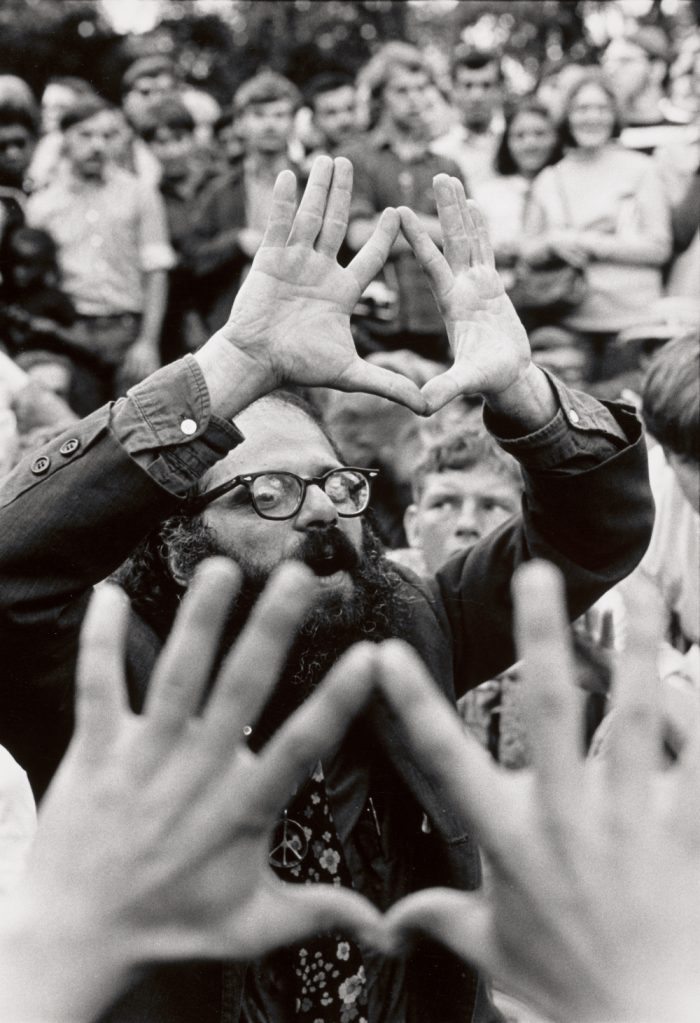
Even before he started documenting world events like the Vietnam War, László Kondor was no stranger to conflict. At the age of 15, Kondor fled Hungary following the 1956 Hungarian Revolution. He arrived in Chicago in 1961, where he received a scholarship at the University of Chicago. Although Kondor studied International Relations, it seemed unlikely that he would be able to pursue a diplomatic career given that his family was behind the Iron Curtain. This disappointing realisation motivated him to pick up a camera and capture the political unrest that was unfolding in Chicago in August 1968.
1968 was a turbulent year in America. Peace protests against the Vietnam War took place across the country, civil rights activist Martin Luther King Jr. was assassinated, artist and cultural icon Andy Warhol was attacked, and presidential candidate Robert F. Kennedy died of an assassin’s bullet after winning the California primary. These events contributed to a tense mood nation-wide and preceded the 1968 Democratic National Convention protests in Chicago, which were a series of demonstrations and riots primarily against the Vietnam War.
Present throughout the 1968 Democratic National Convention protests was renowned poet Allen Ginsberg whose advocacy for social change left a memorable mark on American counterculture. Kondor captured the poet surrounded by protesters during a demonstration in Grant Park.
Robert Capa, Four-man Jug Band, Hot Springs, Arkansas, 1940
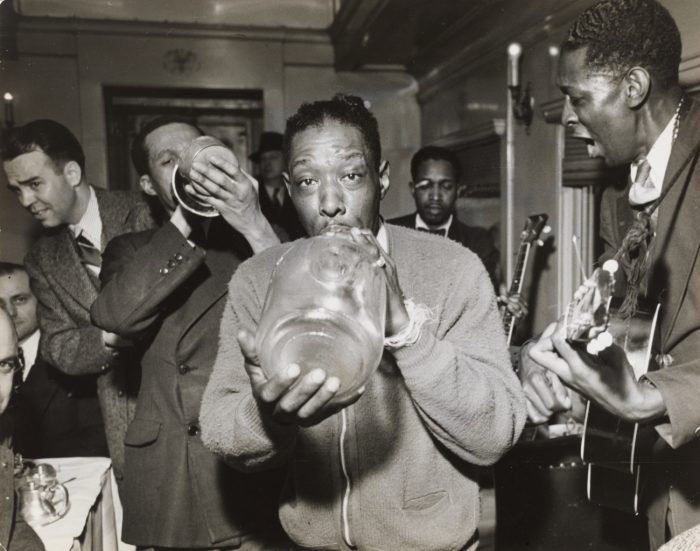
Proclaimed “the greatest war photographer in the world” by Picture Post in 1938, Robert Capa became best known for his photographs documenting global conflicts and the impact of violence on society. However, his photojournalistic work exceeded war photography and included images of leisure subjects.
In 1939, Capa moved to America and worked freelance for Life, Time, and other publications. It was only a few months after he arrived in the United States that he took this picture for Life.
Taken on 9 March 1940, during a train journey from Hot Springs to Memphis, this photograph shows the Memphis Jug Band performing at a private party hosted by Edward Hull “Boss” Crump, Memphis’ notorious mayor.
The Memphis Jug Band was an American musical group that featured a mix of conventional and homemade instruments. They played country blues, humorous songs, and upbeat dance numbers with jazz flavours.
John Albok, Fifth Ave., NYC, Depression, Forsake, 1933
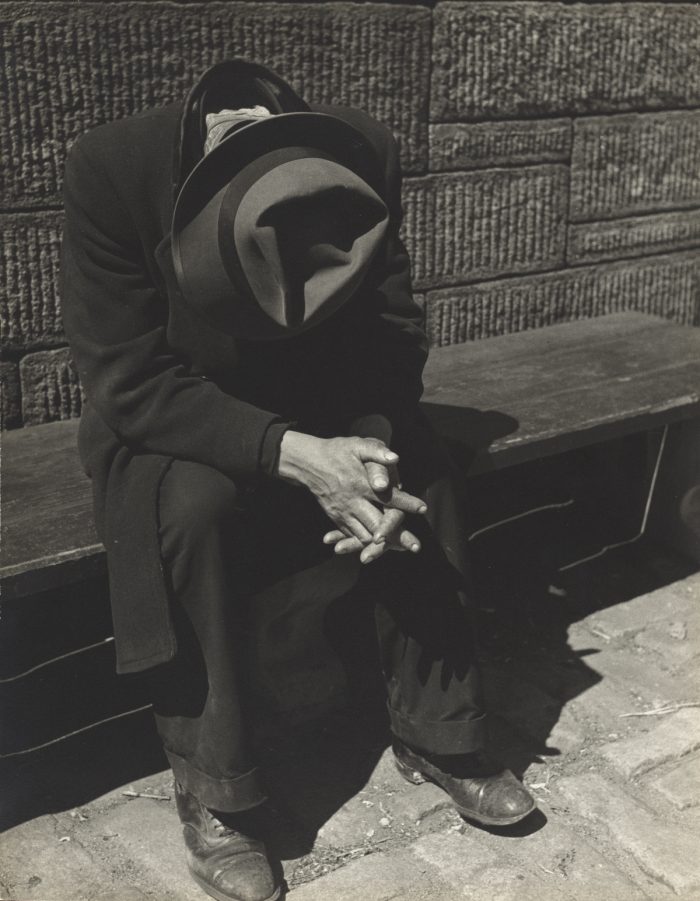
John Albok immigrated to the United States in 1921, at the age of 26, opening a one-man tailor shop in New York City, at 1392 Madison Avenue at 96th Street. He lived above the shop with his family until his death in 1982. During the day, Albok worked as a tailor, and in his leisure time, he took photographs from the window of his shop and in the neighbourhood. At night, he used the small shop as a darkroom to develop his pictures.
A tailor and photographer, Albok is known for his sensitive depiction of New York City street scenes during the Great Depression. Of his Depression photographs, Albok noted: “I photographed many poor souls, trying my best to leave them their most precious heritage – their dignity. There was nothing else left.”
Lucien Aigner, Bill Robinson at a Baseball Game in Harlem, 1936
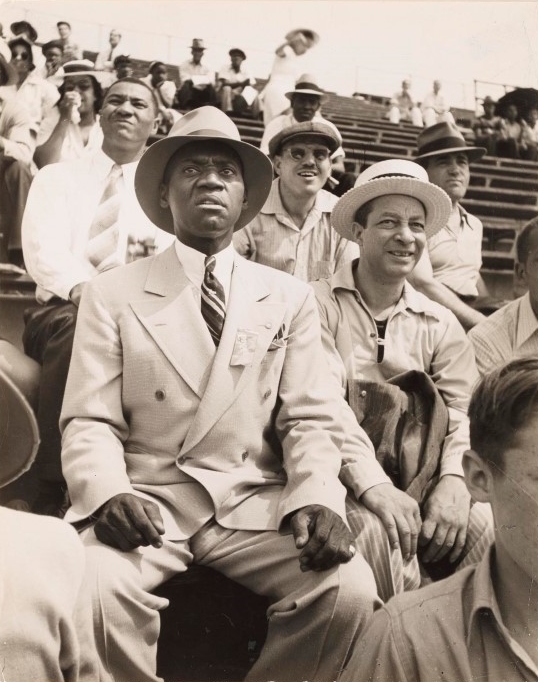
Photojournalist Lucian Aigner was a pioneer in candid news photography in the 1930s. He covered history-making events, major world leaders, and iconic figures like Marlene Dietrich or Albert Einstein. His early work is characterised by a remarkable gestural quality and a sense of humour, which can be seen in this picture capturing Bill Robinson at a baseball game in Harlem in 1936.
Bill “Bojangles” Robinson was the most famous and beloved tap dancer and the highest-paid Black performer in the first half of the twentieth century, whose career spanned Broadway, the recording industry, radio, television, and Hollywood. Besides performing, he spent much of his time attending baseball games. Robinson was such a fan of the New York Yankees that he always made room in his work schedule for World Series games when the Yankees were playing. His passion for baseball went so far that in the 1930s he co-founded the New York Black Yankees baseball team in Harlem.
Martin Munkácsi, Marlene Dietrich, ca. 1940s
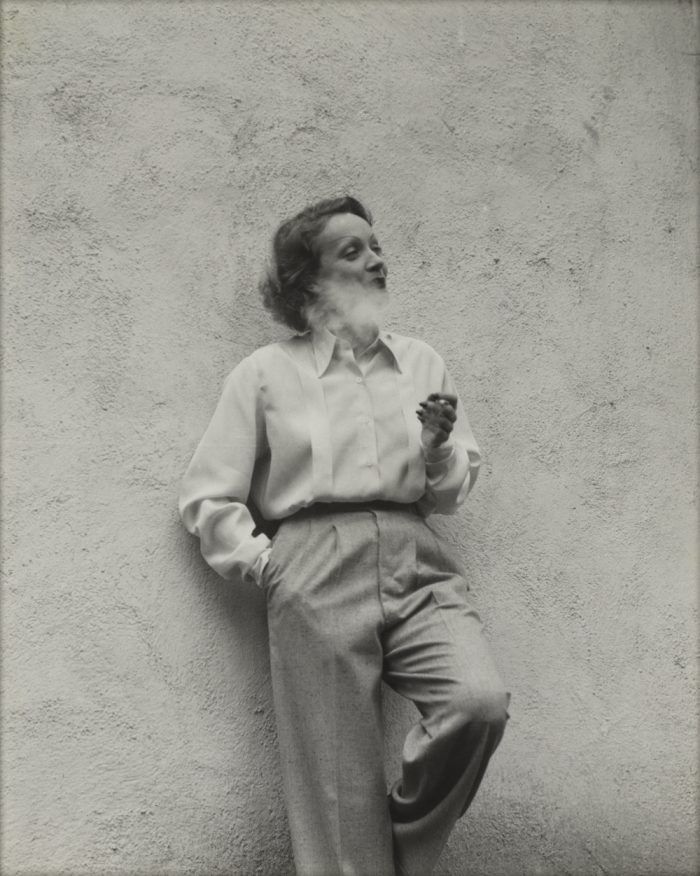
One of the most famous photographers in the world in his day, Martin Munkácsi revolutionised fashion photography with his dynamic images. In 1934, Munkácsi moved to New York, where he was hired by Harper’s Bazaar. He photographed his models outdoors in bold poses and encouraged informality, spontaneity, and vitality, creating a new style that captured the speed and movement of the modern era.
This portrait depicts the legendary film star Marlene Dietrich, who captivated audiences around the world with her magnetic persona and icy allure. Known for her boundary-pushing style, Dietrich challenged accepted notions of femininity, and she often wore slacks and masculine outfits both on- and off-screen. With her sophistication, timeless elegance, and unmistakable voice, Dietrich exuded classic yet provocative Hollywood glamour in the Golden Age of cinema.
